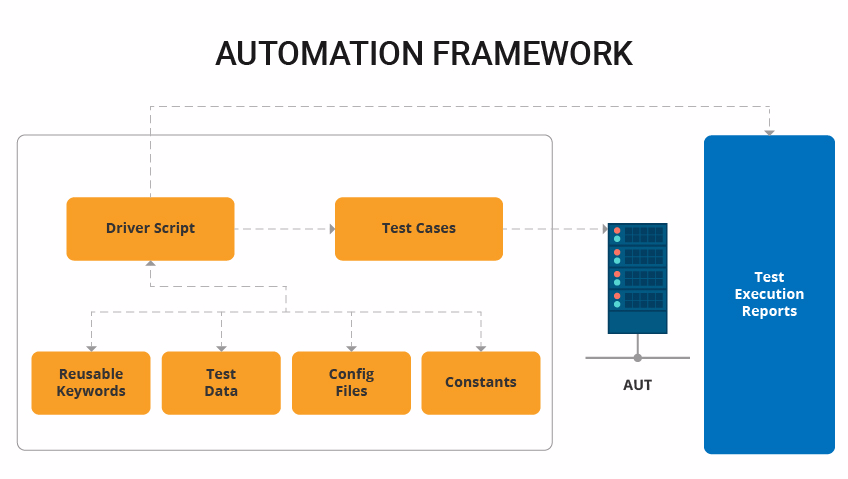
It is evident that the digital transformation is reinventing business practices. In this digitally-driven era, technological capabilities are continuously improving, and in order to sustain, organizations MUST be innovative and agile as they integrate digital technologies into their business practices.
Having a digital transformation strategy in place has become a necessity in order to stay competitive in any market.
Role of Digital Transformation
The evolution from normal business to digital is no easy task as the digital world is changing rapidly and unpredictably. Keeping up the pace can present challenges and leave many uncertain of how to continue. This is where the need for re-inventing software testing arises.
Reinventing the software testing process is essential for achieving the speed and agility that is required to succeed in the digital future. This has become an easy method for organizations that are looking to move forward in the digital world and accelerate innovation while improving cost-effectiveness and reducing business risks.
The question remains- how does an organization get there?
Few organizations have the amenities and the knowledge of building a new quality process from scratch. However, most need to address extremely complex systems and monitoring requirements in the transition phase in order to avoid disruption to business-critical operations. So how do you rearrange your established quality process with the firm drive towards continuous everything?
Answer- Leveraging Continuous Testing
Continuous Testing leverages agile approach and methodology to execute end-to-end testing of applications. The goal is to facilitate continuous delivery with continuous quality and quicken time to market.
Advantages of Moving Forward with Continuous Testing
1. Identifies defects/bugs faster, driving cost-effectiveness
Software testing and development approaches are transformed to identify bugs faster and reduce business risks. Continuous Testing makes the software development process collaborative and open to change in the production environment. It helps in to identify defects quicker in the overall software development lifecycle, making the process cost-effective.
2. Quickens the release cycle, driving competitive advantage
Continuous Testing shortens the development cycle time, thereby increasing the frequency of releases. This helps companies to reach faster to the market. The teams can release the minimum viable product (MVP) at any point during the project.
3. Jumpstarts DevOps approach
Continuous Testing is the initial step towards driving the DevOps approach. It boosts continuous feedback that is crucial for the DevOps approach to display noticeable results. DevOps is primarily an organization’s cultural shift towards collaboration between the development teams and operations teams. This boosts continuity and accelerates the development cycle. Continuous Testing and DevOps together helps in making the process quicker and seamless.
4. Empowers experimentation
Businesses are implementing digital technologies to get more responsive and efficacious in the competitive marketplace. They are bringing a change from the legacy systems and are transforming. Continuous Testing encourages collaboration between developers and testers within the development environment. This collaboration also enables team members in devising efficient ways of implementing certain features. Continuous testing also promotes experimentation, helping the teams experience immediate success.
The new digitally-driven era needs an improved approach in terms of speed and agility. By re-inventing the process of testing, implementing continuous testing, and with trending technical and agile practices, an organization can be successful in driving digital transformation. A digital transformation strategy necessitates a creation of capabilities to efficiently leverage new technologies and strengthen their impact in a faster, better, and a much more innovative manner.
TestingXperts, a frontrunner in implementing the agile DevOps practices, is helping in automating the clients’ tests, achieving timely delivery schedules, and strengthening the agile processes. Connect with us to know more about continuous testing and allow us to help you deliver your software applications faster and better.
Discover more
Get in Touch
Stay Updated
Subscribe for more info






